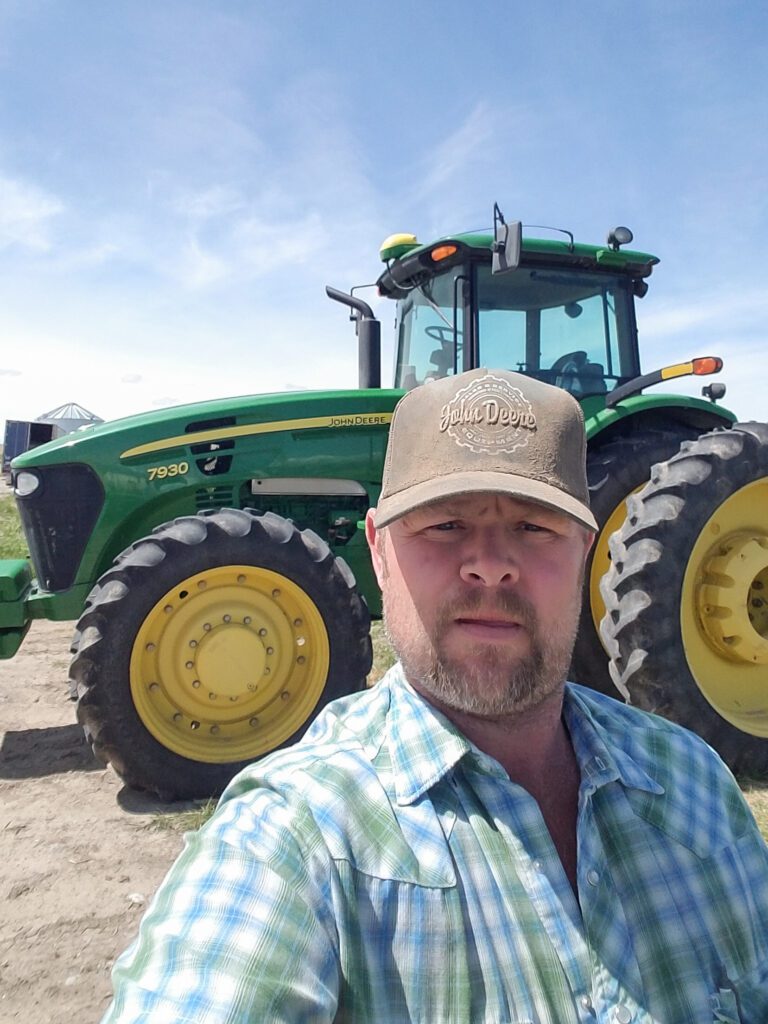Gallatin Valley Irrigators: Big Sky recycled snowmaking is good for the land and Montana agriculture
By Kurtis Dykema GUEST COLUMNIST

From growing up as a 4H kid in the Manhattan-Churchill area, to now working toward taking over my family’s farm along with my brother, it’s safe to say I’ve seen many highs and lows in the Gallatin Valley—with many of the challenges being out of our control.
For the past decade, one of the most significant challenges we’ve faced has been drought. According to the Department of Natural Resources and Conservation’s 2024 Montana Drought Outlook Report, much of Montana is facing abnormally dry to severe drought conditions resulting from low snowpack and below average precipitation.
Low snowpack in the winter months in the mountains leads to less cold-water flow during the hot summer months downstream, which impacts river, land and animal health.
As president of the Association of Gallatin Agricultural Irrigators, I have had a front row view of how the drought has impacted my fellow farmers and ranchers. AGAI, established in 2004, strives to be the guardian and advocate of the Gallatin River system through the protection of historically decreed water rights. We work to protect the river system, as well as the farming stewards of the land.
To farmers and ranchers, water is everything. Access to clean, usable water is not only critical to our bottom line, but also to Montana-grown agricultural production. And as we continue to see record-low levels of snowpack each winter, the Gallatin River has suffered—straining the health of the river, the riparian floor, and family farms and ranches all over the Gallatin Valley.
That’s why when the Big Sky community first approached us about their industry-leading recycled snowmaking program, we were so optimistic. For the first time in a long time, there was an innovative way to take back control on something that impacts our lives so heavily.
The idea of recycled snowmaking is fairly simple: take recycled water from the broader Big Sky community—treated water that most communities in Montana, including Bozeman, pipe directly back into the river—to make base-layer snowpack on ski runs. Thanks to a new $60 million state-of-the-art water treatment facility, the treated water in Big Sky is considered “Class A-1,” the highest classification of reuse water recognized by the Montana Department of Environmental Quality. The tightly packed base layer snowpack then slows the rate of melt throughout the spring and summer, which recharges the aquifer and results in increased cold-water flow into the Gallatin River during the dry, hot months. Based on the current permitted recycled water amount, this additional volume could last up to 19 extra days, increasing cold-water flow into the Gallatin.
The recycled snowmaking program this year added an additional 21 million gallons of highly treated recycled water to the watershed. That addition ultimately recharged the aquifer, benefiting all downstream users.
After over a decade of extensive environmental review, numerous conservation groups, including AGAI, wrote letters of support to DEQ for the first-ever recycled snowmaking program in the state. The permit, which was submitted by the Yellowstone Club, was approved by DEQ in August of 2021, and began this past 2023-24 ski season. Now, the broader community is seeking to expand the concept with the backing of the conservation community. Other Montana ski resorts are also taking notice as a tool to combat persistent drought.
The Gallatin Valley is the headwaters of the Missouri-Mississippi watershed, which drains roughly two-thirds of the United States. The health of our Gallatin River is critical not just for us, but for all those downstream.
This project wouldn’t have happened without collaboration. We applaud the Yellowstone Club for their leadership and investment in making this a reality that other ski areas can follow. We are also grateful to Trout Unlimited, American Rivers, the Greater Yellowstone Coalition, the Gallatin River Task Force, Bridger Bowl, and Big Sky Resort for their support of this conservation effort.
As Montanans, we all have the privilege of calling this amazing state home. Along with that privilege comes the responsibility to care for our land and make our community a better place. The teamwork it took to get this innovative, environmentally responsible project across the finish line is something to be proud of. I join the rest of the Gallatin Valley agricultural community in saying that I look forward to an increased abundance of cold, late-stream flows.
Kurtis Dykema is the President of the Association of Gallatin Agricultural Irrigators and farms his family’s multi-generation ranch. He grew up in the Manhattan-Churchill area and graduated from MSU-Northern at Havre.
Images are for reference only.Images and contents gathered automatic from google or 3rd party sources.All rights on the images and contents are with their original owners.


